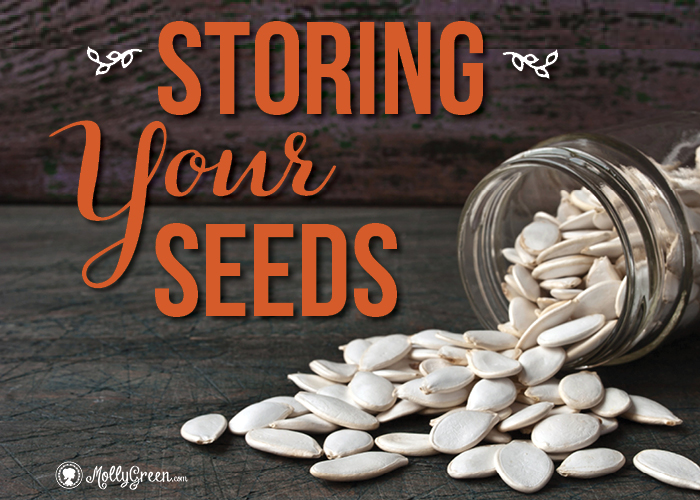By Mimi Mason
As seed-buying season approaches and glossy catalogs fill our mailboxes, it is time once again to educate ourselves about seeds. Gone are the days of picking up a simple, nondescript seed packet from the local market. Today’s seed market boasts organics, non-GMOs, heirlooms, and specialty seeds along with dozens of varieties of each specimen.
Along with these newer offerings comes the introduction of the seed bank to homesteaders and gardeners.
What Are Seed Banks?
Seed banks are hardly new, springing from the age-old tradition of saving seed. Homesteaders and farmers practiced the old adage “save the best, eat the rest,” setting aside seeds from the choicest of the harvest. They would then come together in groups, trading seed and reinventing their gardens as a community.
The practice grew and evolved into a more organized system, and now conservation agencies save seeds from as many plants as possible.
Why Are Seed Banks Important?
Conservancy seed banks are massive buildings housing millions of varieties of seed, and the seed is managed through planting and harvesting fresh seed.
These banks exist to preserve the survival of the food supply in case of nuclear war or other disasters. These seeds are typically kept at temperatures right around 0 degrees Fahrenheit and in less than 5 percent humidity to prevent the DNA from degrading. Seeds too delicate for this process are kept cool and humidity free and are replanted frequently to preserve the integrity of the DNA.
Depending on the length of storage, seeds are planted and new seed is harvested to refresh the bank. Seed banks preserve heirloom varieties of many plant species that would otherwise be lost through the passage of time and technology. Seed banks are not open to the public, as their purpose is strictly for preservation.
What Do Seed Banks Mean for the Home Gardener?
While the home gardener cannot access a conservancy seed bank, many seed shops have begun creating and selling prepackaged banks of popular and heirloom seeds. Seeds chosen for banking have high harvest rates and are often heirloom varieties.
These smaller seed banks are typically kept in similar conditions to those in a conservancy. A small-scale seed bank includes collections of grains, legumes, and vegetables, sold together in a miniature version of a traditional seed bank. Once purchased and delivered, the banks can then either be reentered into cold storage or planted for harvest.
Home gardeners can use seed banks as back-up in the event of a crop failure, or as a long-term preparedness tool. Because the seed is pre-selected, gardeners are encouraged to use seeds previously overlooked for their garden spaces. Planting and maintaining these seeds also helps promote the longevity of these plant varieties.
Seed Banking At Home
Most small-market seed banks contain pre-selected varieties of plants, which may not be ideal depending on the gardener’s location or preference. Creating your own seed bank provides the opportunity for a gardener to take control of the varieties and quantities kept in storage.
Homemade seed banking, or seed libraries, can even lead to the formation of a community of gardeners, passionate about the growing arts and preservation of biodiversity. It is a powerful and simple way to prevent the extinction of plants through mismanagement of our ecosystem, and a powerful and simple way to promote the skill of gardening.
Mimi Mason is a homemaker, homeschooler, and micro homesteader. She chronicles her family’s experiences with sustainable living on her blog, The Simple Survivalist. When she’s not elbow-deep in garden soil and bread dough, she can be found hidden behind the pages of a good book.





